Shipping to remote areas
Since 2022, e-commerce platforms and logistics companies have pioneered a new "e-commerce transfer and centralized shipping" model to tackle the cost and logistical challenges of reaching remote areas.
Parcels destined for distant locations are first sent to transfer warehouses, like those in Xi'an of Shaanxi province, where they are sorted and then sent collectively to their final destinations by logistics providers. This collective shipping approach has significantly lowered delivery costs for e-commerce sellers, especially those hesitant to ship to western regions due to expensive logistics fees.
For example, a consumer in Xinjiang Uygur autonomous region will see their items shipped first to the Xi'an warehouse, where they are sorted and relabeled before being sent collectively to Xinjiang, reducing individual shipping costs. The final "last mile" is then handled by local networks, ensuring parcels reach remote villages.
An online store owner in East China's Anhui province who sells herbal tea across China experienced the difference firsthand. Previously, delivering a package from Anhui to western regions could cost up to 18 yuan ($2.46) per kg. Under the new system, shipping to Xi'an now costs just 2 yuan per kilogram, with an additional 3 yuan for the final delivery to Xinjiang.
In September 2024, Pinduoduo, one of China's top e-commerce platforms, launched its "Billion-yuan subsidy" initiative. This initiative covers the cost of logistics transfer fees for shipments from the transfer hubs to remote regions like Xizang autonomous region, Gansu, and Ningxia Hui autonomous region, allowing merchants to ship to these areas at costs similar to shipping to eastern China.
For instance, the herbal tea seller in Anhui now only pays 2 yuan per kg from Anhui to Xinjiang.
Consumers in remote regions are noticing the difference.
Xie Ruiling now enjoys free shipping on nearly all her purchases, and delivery times have improved further. "I receive my purchases in two to four days in most cases," she said.
The changes are also beneficial for consumers like Geng Bing in Xizang. He used to pay around 30 yuan to ship a car-top luggage box. Under the new system, his shipping costs were waived.
"By leveraging 'transfer hubs', the initiative has created a ripple effect that benefits three key areas. First, it reduces the additional logistics costs that consumers in remote areas would otherwise incur. Second, it expands the sales reach of e-commerce merchants to western and remote regions. Third, it brings an increase in e-commerce parcels, which further reduces the operational costs of express delivery services," said Xu Yong, vice president of the express logistics branch of the China Transportation Association.
"E-commerce platforms serve as a hub for merchants, product information, financial flow, and logistics, making them highly influential," he said, adding that the initiative has promoted win-win development for consumers, e-commerce platforms, and logistics services in western and remote regions.
E-commerce boosted in west
China has been investing in infrastructure to strengthen delivery networks in China's western regions, addressing longstanding barriers to e-commerce growth. Distribution centers are expanding, and transportation routes are being optimized to improve operational efficiency.
According to the State Post Bureau of China, since 2024, the regional development of the postal and express delivery industry has become more balanced, with the proportion of express deliveries in the central and western regions continuing to rise. The growth rate of business volume in these areas exceeds the national average.
Thanks to these improvements, products from remote western areas like melons from Changji, Xinjiang, yak meat from Nyingchi in Xizang, and red goji berries from Haixi, Qinghai province, are now delivered to consumers across China, opening up new markets for regional specialties.
This new commerce is stimulating local economies and making it easier for remote-area consumers to access a wider range of products.
Through the new shipping model, e-commerce platforms are reducing logistics costs, improving operational efficiency, and unlocking potential in underserved western and rural markets.
This is bridging the gap between eastern and western China, bringing the benefits of e-commerce and faster delivery to a larger population.
As express delivery continues to evolve, it has become an integral part of daily life in China. With an average of 100 parcels delivered per person annually, the country is experiencing an unprecedented reliance on parcel delivery services. It's no longer just about receiving a package; it's about how people live and shop, connecting rural areas to urban centers and making the world feel smaller.
Beyond the numbers, the personal connections formed between delivery drivers and customers are what truly humanize this booming industry.
On the last day of 2024, He Kaixin, a resident of Zhangzhou in East China's Fujian province, sent an online red envelop containing 50 yuan as a token to the courier who had been serving her for the past year.
She sent the red envelope with a message: "Thank you for delivering my packages to my doorstep all year. The elevator is often broken, and I know it must be tough carrying parcels up. Please take this to just enjoy a cup of milk tea on me."
The deliveryman politely declined, replying, "This is my job, it's what I do."
Though simple, his response reflected the pride workers take in their roles, no matter the challenges.








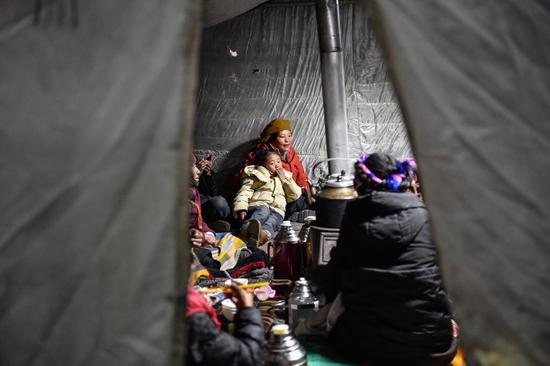



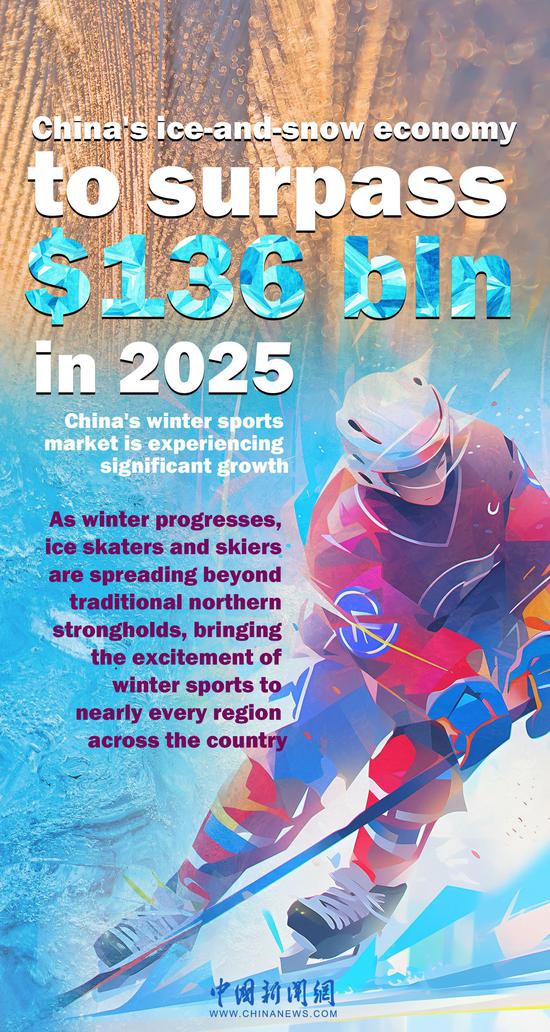




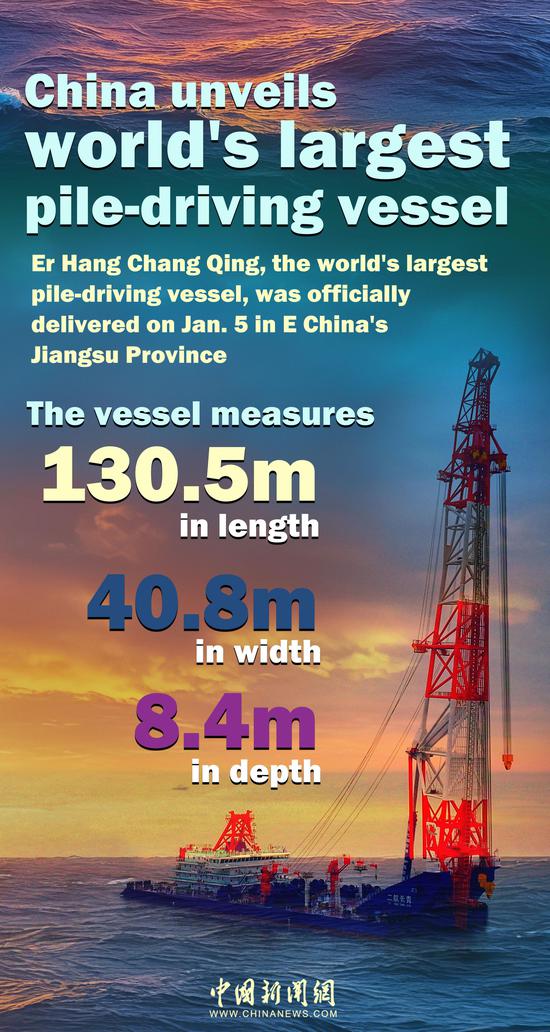
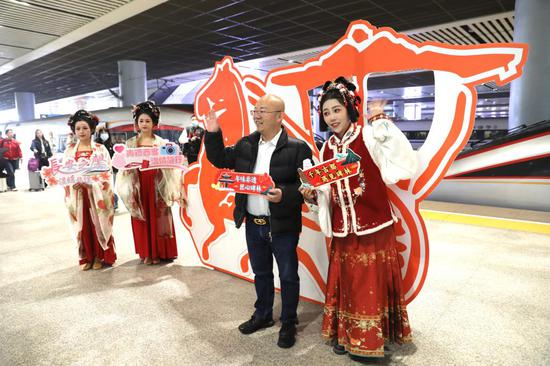




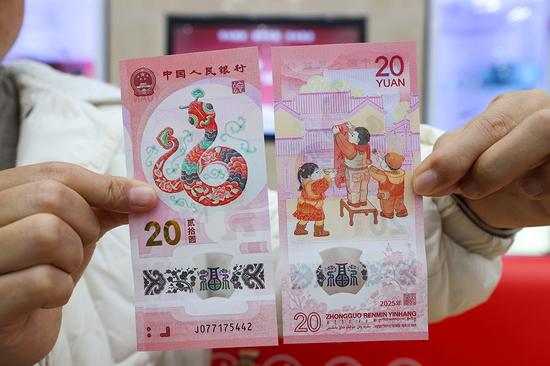

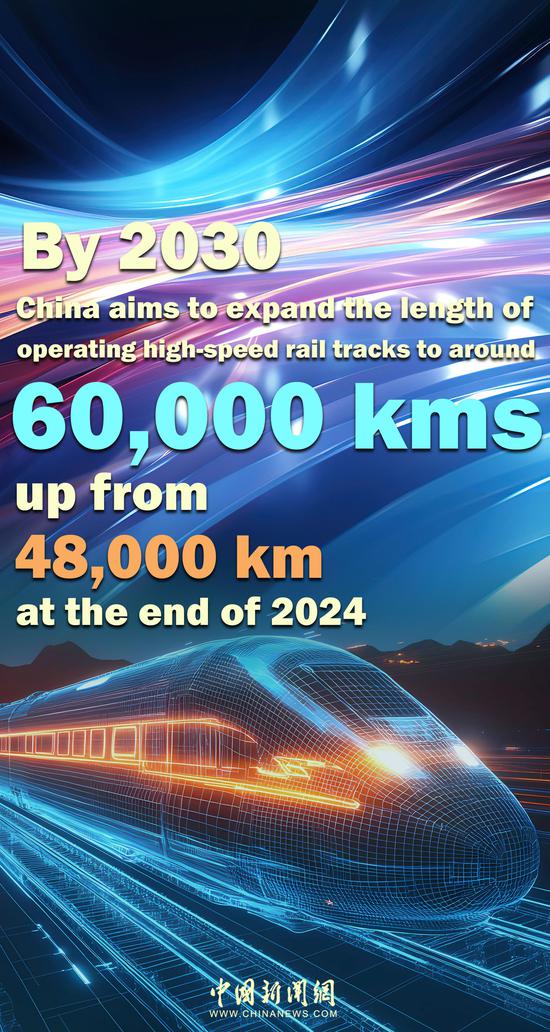
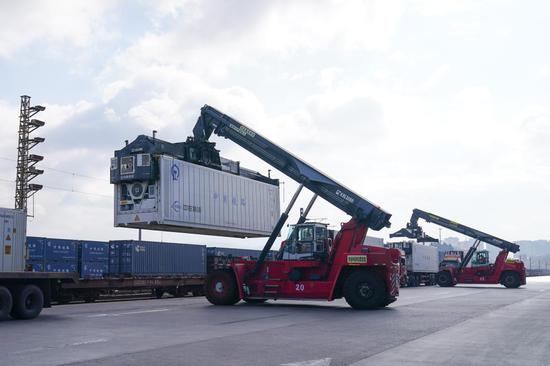






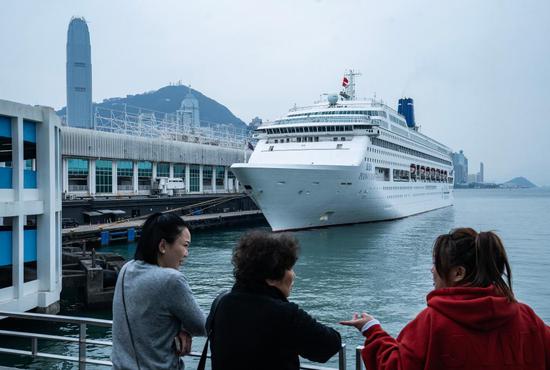
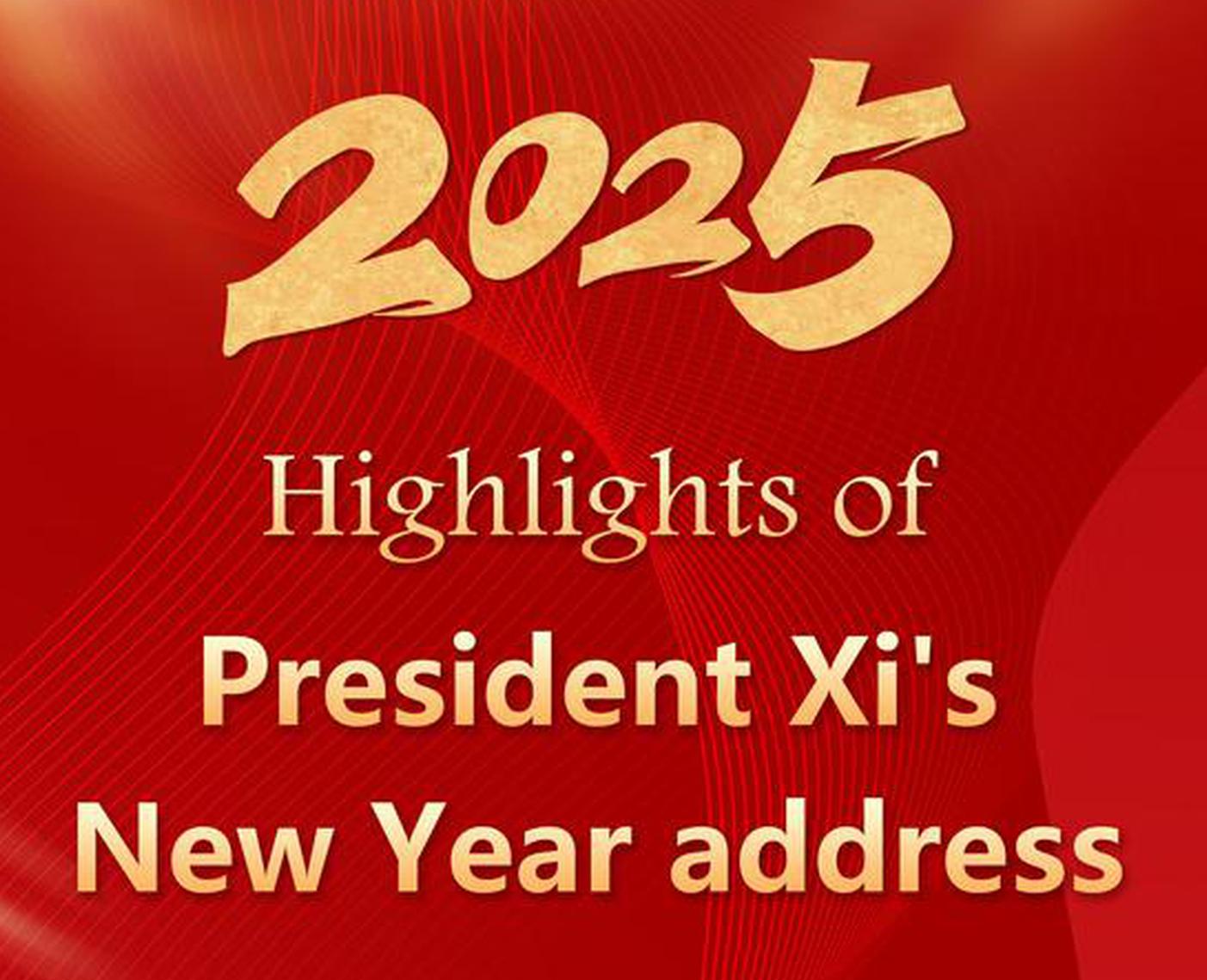


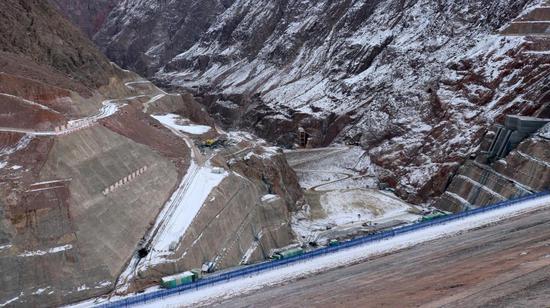

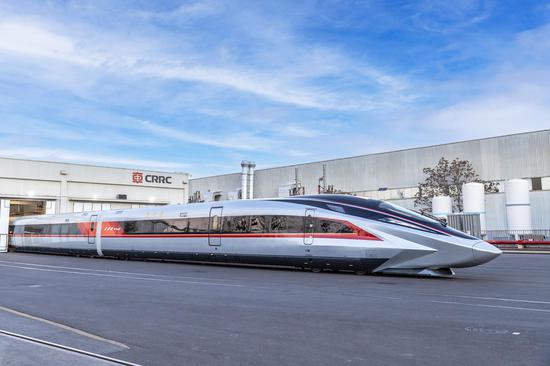



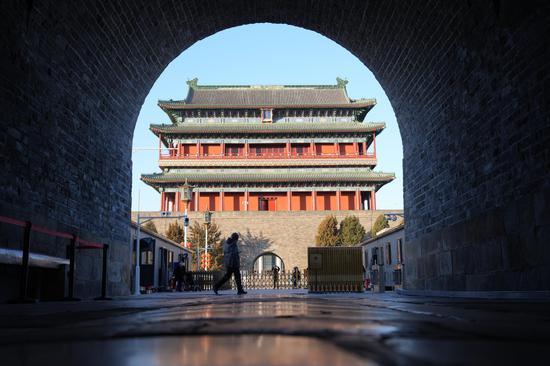
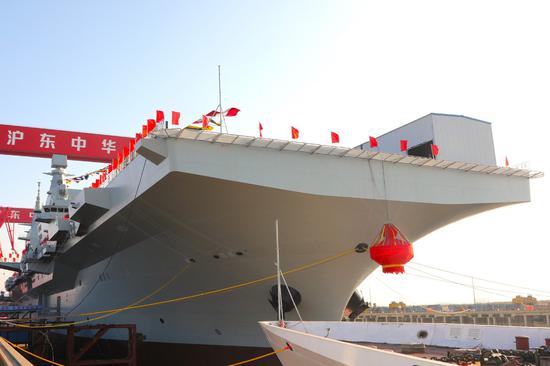

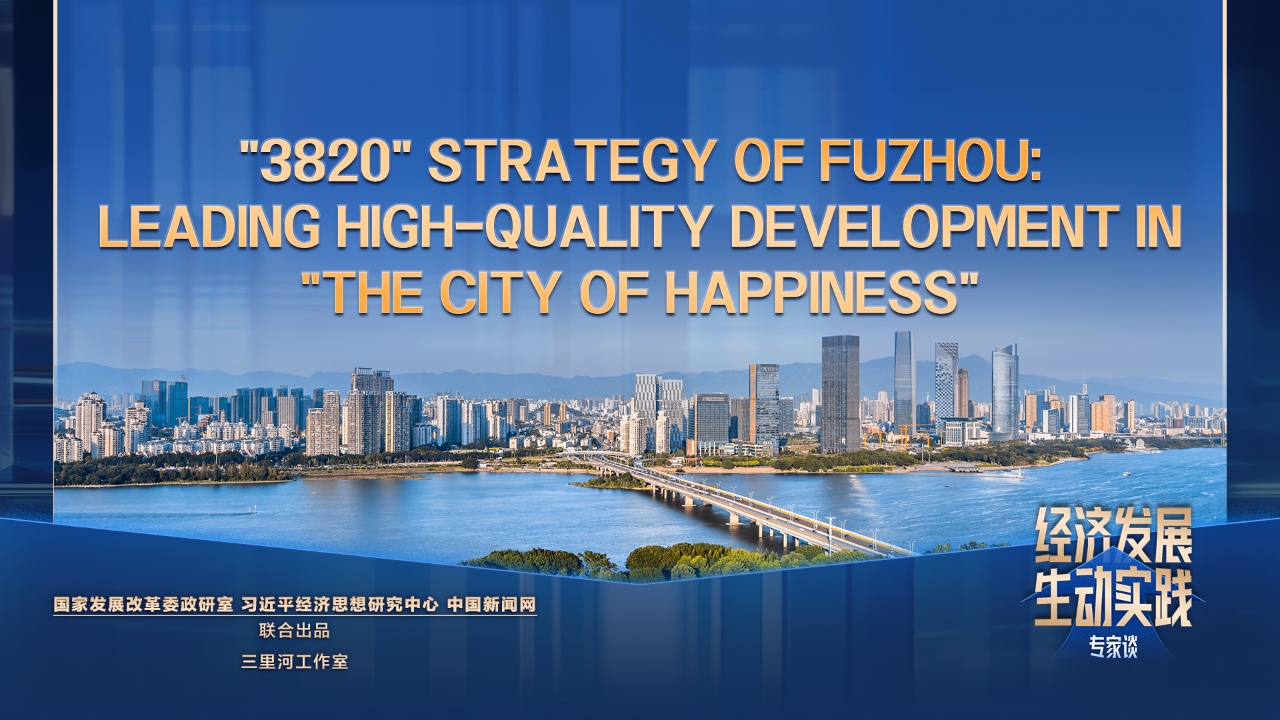



 京公网安备 11010202009201号
京公网安备 11010202009201号